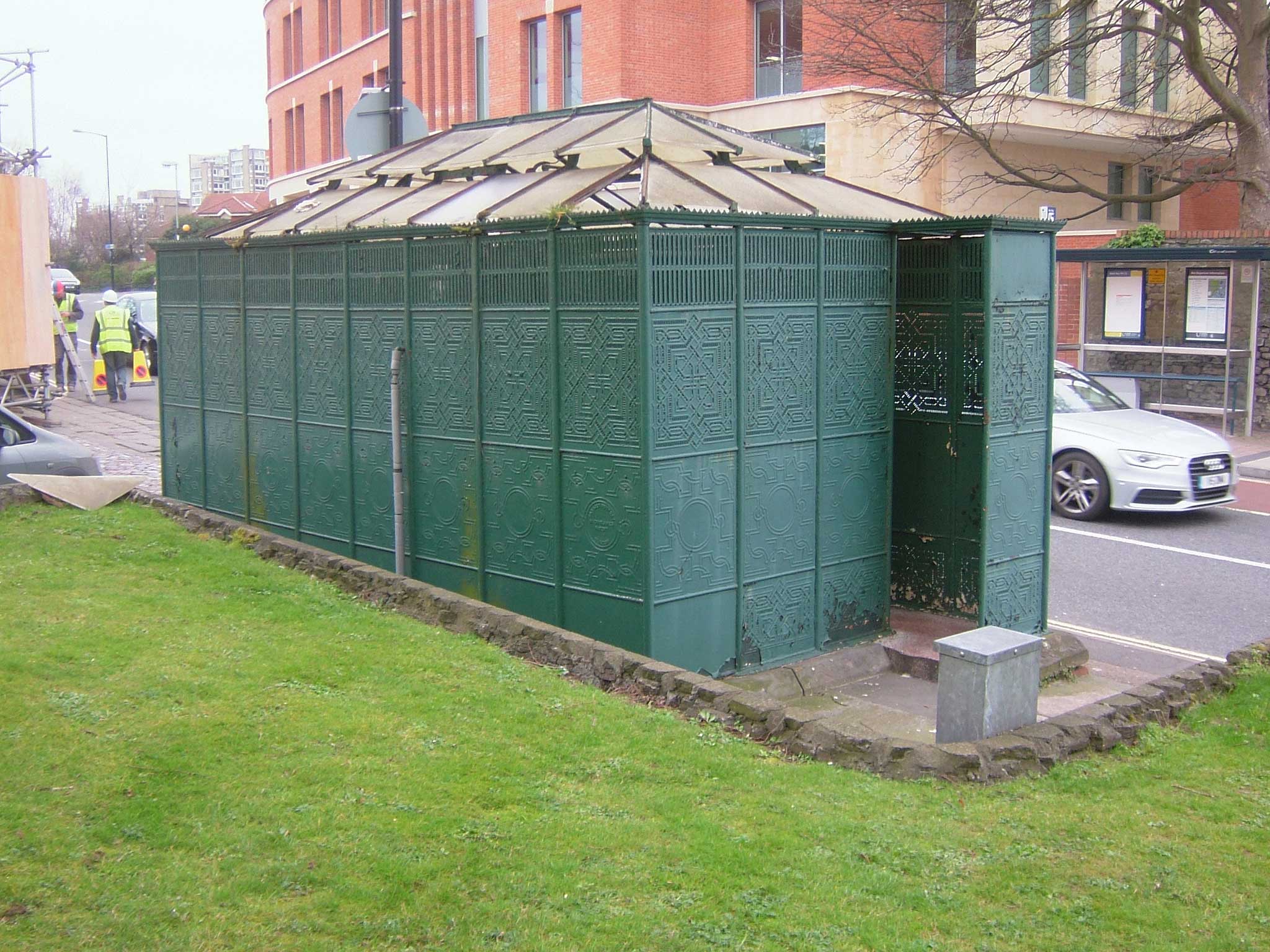Rare Victorian public urinal wins English Heritage Grade II listing award
Urinal is still very much in use

Your support helps us to tell the story
From reproductive rights to climate change to Big Tech, The Independent is on the ground when the story is developing. Whether it's investigating the financials of Elon Musk's pro-Trump PAC or producing our latest documentary, 'The A Word', which shines a light on the American women fighting for reproductive rights, we know how important it is to parse out the facts from the messaging.
At such a critical moment in US history, we need reporters on the ground. Your donation allows us to keep sending journalists to speak to both sides of the story.
The Independent is trusted by Americans across the entire political spectrum. And unlike many other quality news outlets, we choose not to lock Americans out of our reporting and analysis with paywalls. We believe quality journalism should be available to everyone, paid for by those who can afford it.
Your support makes all the difference.No, they are not taking the proverbial. Locals reacted with a mixture of pride and bafflement after a “rare” public urinal in Bristol was awarded listed status by English Heritage.
A rather grubby, aqueous shack to the uninitiated, the public convenience at the top of Whiteladies Road in Clifton, still in use and built by Glasgow-based W. MacFarlane in the 1880s, has been designated a site of special architectural and historic interest by the heritage body.
Now a Grade II public convenience, English Heritage said individually designed public urinals from this era were “increasingly rare”. These “often humble structures” were “important to the streetscene of our cities”, the body said.
Moved to its current location in 1903, the outhouse impressed English Heritage because of its “two rows of bowed porcelain urinal units with curved metal ‘modesty’ screens between them at chest level. The floor by the urinals is covered in modern tiles.”
The public convenience “illustrates the facilities provided by the local authorities in order to foster the genteel middle class environment to which they aspired” in the late 19th century.
Bristol City Council, which owns the cast-iron urinal, said it “remained very well used and appreciated”.
Maggie Shapland, from the Clifton and Hotwells Improvement Society, said: “We are really glad it makes it harder to destroy our heritage by raising awareness and we are highly delighted to keep part of our historic streetscape.”
The urinals are merely part of the landscape for local people. An assistant at Blackboy Hill Cycles, on Whiteladies Road, said: “We’re so used to looking at it. It’s just a big green outhouse really. I’ve never used it myself.”
“There’s a nicer one at Horfield really,” said another trader, who has the pleasure of looking out onto the structure. “It’s not an eyesore and it sort of merges into the background. It’s charming that it’s being listed. I hope they keep it in better repair now.”
Jerome Tait, a designation adviser for English Heritage in the South West said: “Historic elements of the public realm, including street furniture and public facilities, are particularly vulnerable to damage, alteration and removal, and where they survive well they will in some cases be given serious consideration for designation.”
The urinal was a “relatively rare surviving example of a once-common type, and represents the civic aspirations of the authorities in the Bristol suburbs in the late Victorian period,” Mr Tait said.
“In times of austerity, facilities and structures such as this set of urinals are under increasing threat, and where there are found to be deserving of protection, English Heritage will recommend to the Secretary of State that they be added to the National Heritage List for England,” Mr Tait added.
The Grade II listing describes “a rectangular cast-iron structure with square entrance screens to both (north and south) entrances. It is constructed of a slender iron frame with decorative panels that are on a geometric, Moorish-style theme. The upper panels have ventilation slits. The upper iron frame has a saw-tooth detail. The hipped roof is a glazed cast-iron structure built in two tiers.”
Join our commenting forum
Join thought-provoking conversations, follow other Independent readers and see their replies
Comments